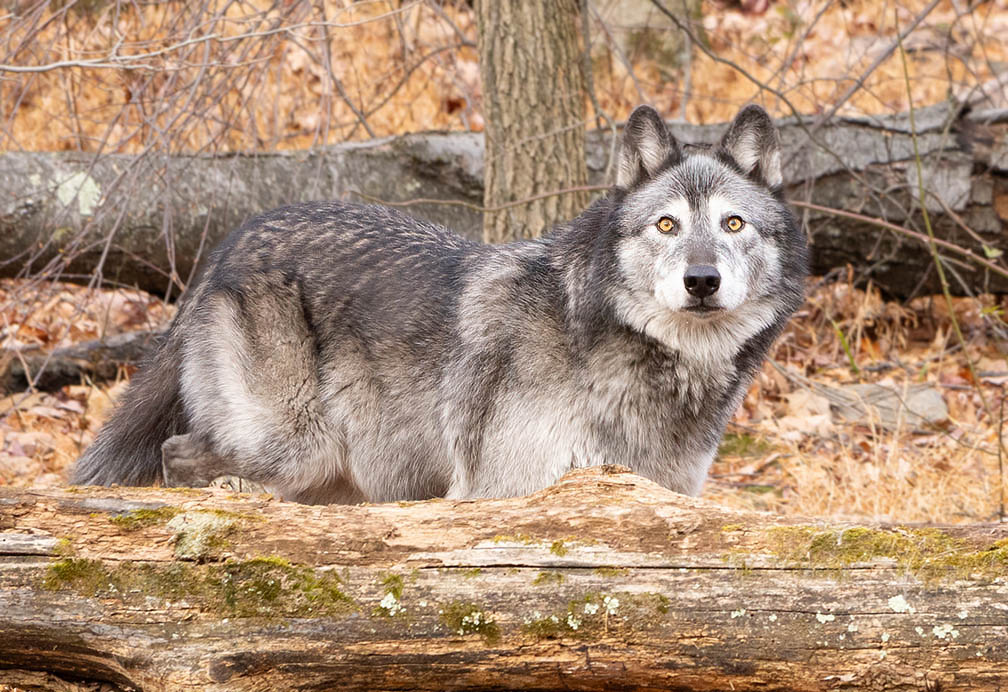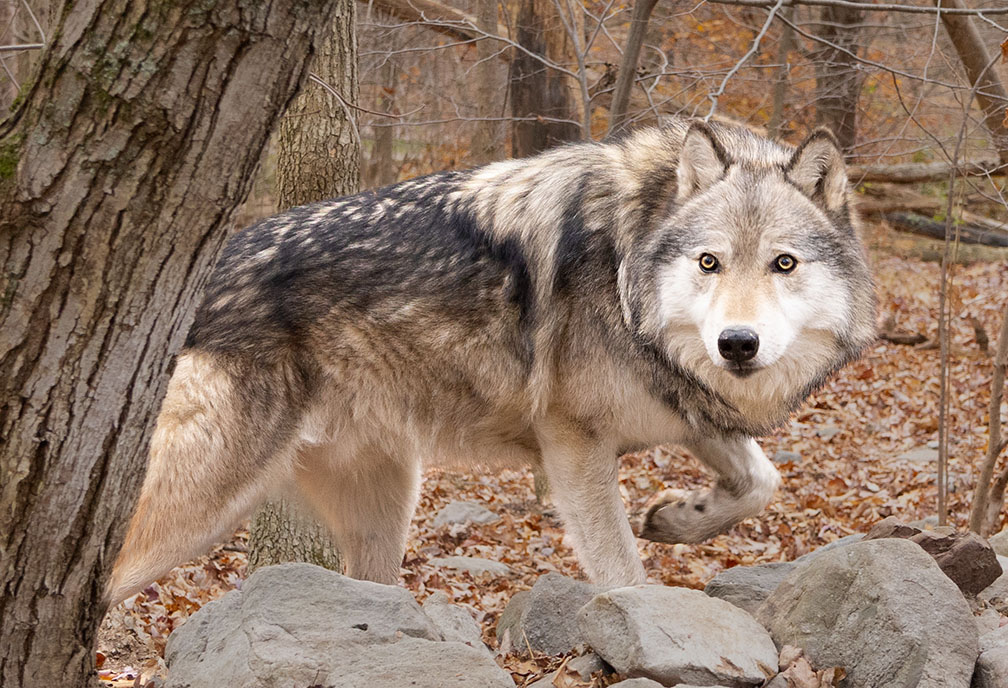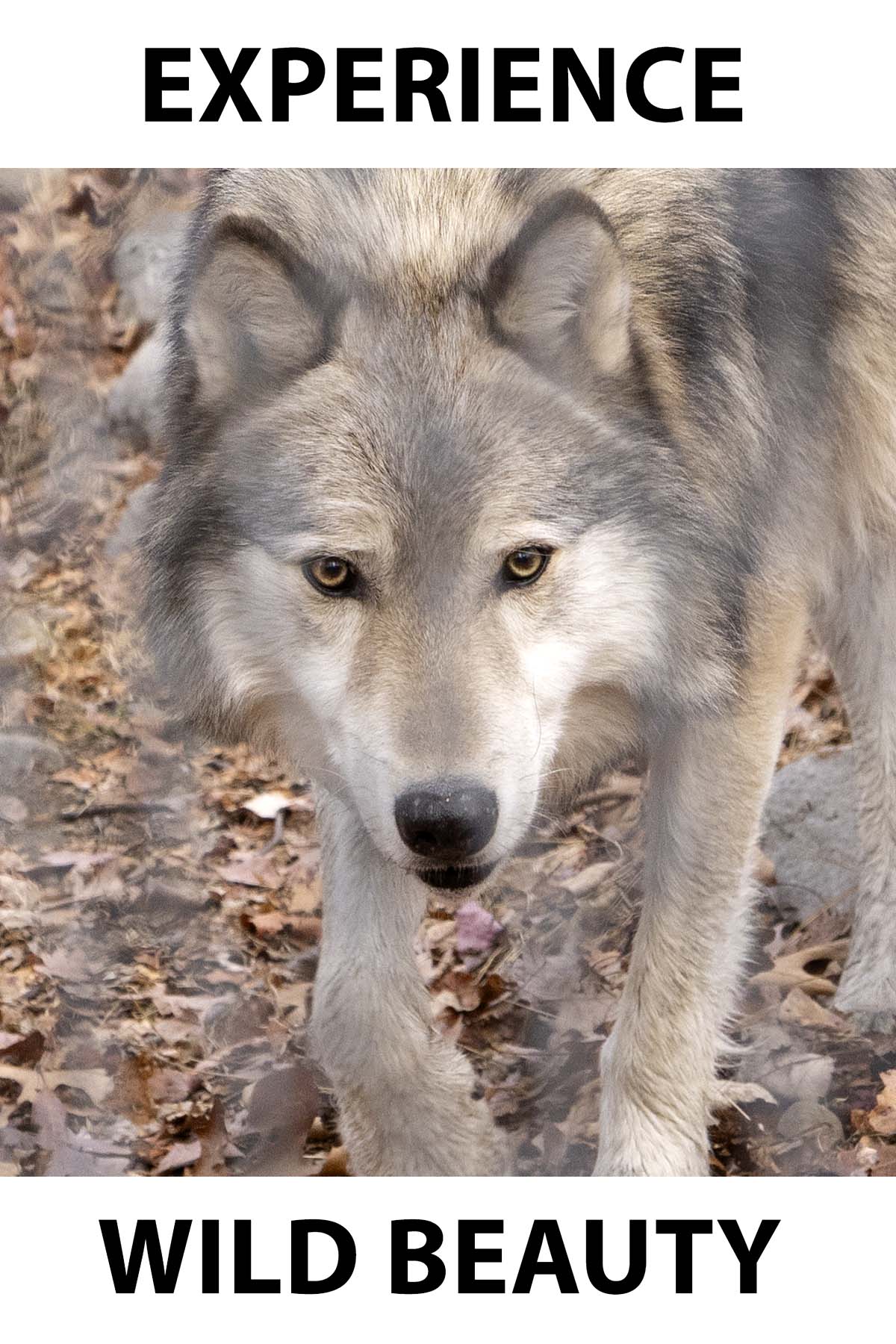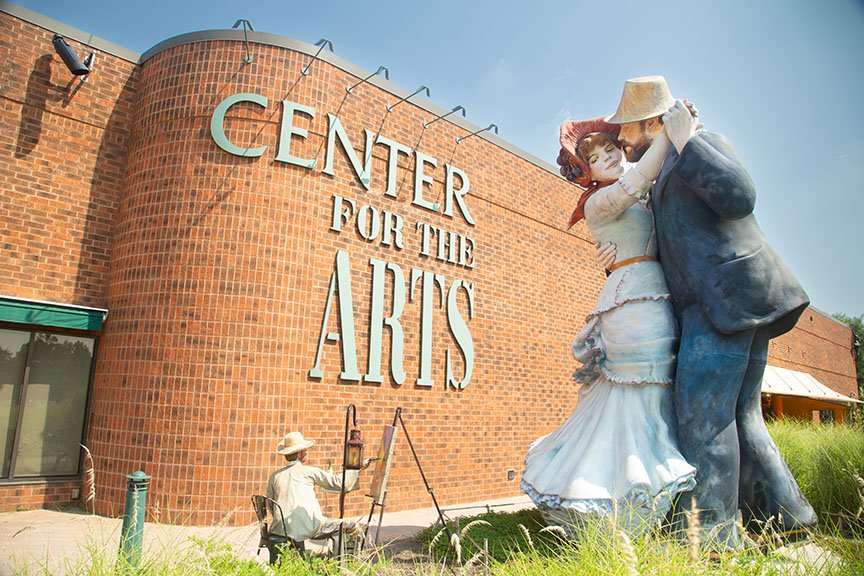Photography of Lakota Wolf Preserve
Wild Beauty: Captured at Lakota Wolf Preserve
WRITTEN BY: BRUCE LOVELACE
UPDATED ON: November 19 , 2024
This was my photography excursion: "Beyond the Fence" inside the Lakota Wolfe Preserve in Columbia, New Jersey. It's just a stone's throw from the Delaware Water Gap, making it a little over a two hour drive from my home. Come join me now in a photographic glimpse into wolf life.
I photographed this wolf with a normal wide-angle to telephoto zoom from a moderate distance. There are several viewing/photography portals in each of the wolf compounds at Lakota Wolf Preserve, enabling you to photograph these majestic animals at close range.
You have a choice of taking the general group tour or a private "photography tour." You get your own guide who works with the wolves to make sure you get repeated photo opportunities. Photographers of any skill level can take advantage of the private guided photography/video sessions and get some great photos.
Equipment
You may be wondering what type of camera gear you need to get some decent photos. Surprisingly, you don't need a long telephoto lens to photograph the wolves at Lakota You also don't a high-end pro DSLR or mirrorless camera.
You use just your smartphone camera and get some decent shots, but I recommend you consider the equipment advice below to increase your chance of getting great wolf photos.
 Meet Sassa and Atticus
Meet Sassa and Atticus Meet Sequoia and Tala
Meet Sequoia and TalaCamera For Wolf Photography
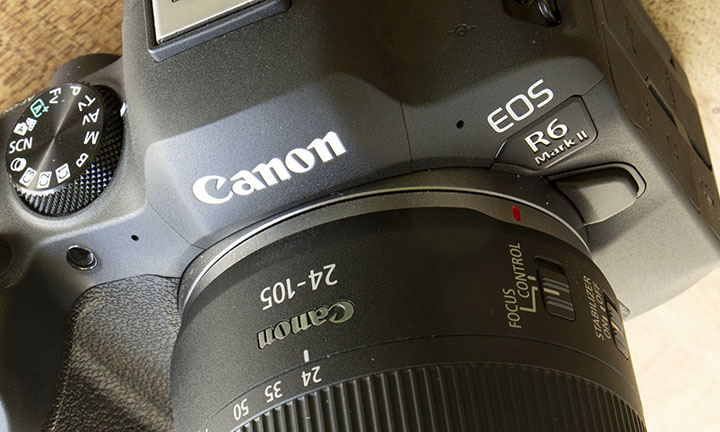 Canon R6 Mark II
Canon R6 Mark IIThe two most important features of your camera for photographing wolves at the Lakota Wolf Preserve are (1) fast focus tracking and (2) a fast burst rate. This is if you want to capture the wolves in motion. A burst rate of 8 frames-per-second or faster will ensure that you'll capture the right instant in time and get a great photo.
There will also be times that you can also get great poses of the wolves when they are resting. In those situations almost any camera will do the trick. The first two images in this post are examples of nice photos when the wolves were quite still.
Lens For Wolf Photography
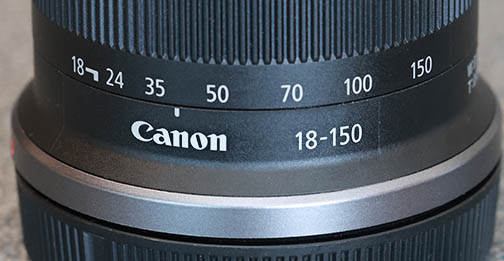
For a crop (APS-C) sensor camera a zoom lens that zooms from wide angle up to medium telephoto. As an example, an 18 to 150mm lens would be in the right range. For a full-sized sensor camera a zoom lens from wide angle of 28mm to at least 200mm is a solid choice.
For close-ups photos, or when the wolves are at a longer distances from you, a lens that goes to a focal length of 400mm is ideal.
I shot every photo included this post using a full frame mirrorless camera, a Canon R6 Mark II, and a crop "kit" lens, the RF-S 18-150mm. I shot a few singles, but switched over to continuous burst mode of 12 frames-per-second and I ended up shooting over 400 images during the 2 hour tour.
During the private photo tour your guide will open photographic "portals' that give you ideal shooting angles and strategically throw morsels of meat to the wolves, getting them in good spots for successful photos.
My Camera Gear
The equipment I used to photograph theses wolves was quite simple. I had just a single multi-purpose zoom lens and a single mirrorless digital camera.
CANON R6 Mark II: This is a professional level camera with fast auto-tracking capabilities with subject recognition options. The R6 Mark II can capture the wolves action at 20 frames-per-second with the mechanical shutter and up to 40 fps using the electronic shutter.
CANON RF-S 18-150mm f/3.5-6.3 IS USM: It's just a beginner lens, but it has the perfect zoom range for photographing close-up and mid-distance images of the wolves in their various compounds. Ideally, a faster lens (larger maximum aperture) would have been helpful on the overcast day we visited.
Video
For a magical experience of both seeing and hearing these magnificent creatures howl watch my short video below.
Frequently Asked Questions
What's the best time of year to photography the wolves at Lakota
What's the best time of year to photography the wolves at Lakota
The photography season runs from September to April. Later than that and the wolves' start to lose their winter coats and don't look their best. The fall and winter months are the better time to photograph the wolves, with the middle of autumn as the best time for including the beautiful colors in your photography of the wolves.
Is flash photography permitted on the wolf tour?
Is flash photography permitted on the wolf tour?
Using flash is unnecessary as you'll be doing your photography during daylight hours and could upset the wolves. You can set your ISO a little higher and get good exposures with fast shutter speeds to freeze the motion.
Can I use a tripod?
Can I use a tripod?
A tripod would be awkward to use photographing the wolves as they move around their areas. You'll be shooting with fast enough shutter speeds to avoid any blur from motion, so a tripod is not needed.
How close can I get to the wolves at Lakota Wolf Preserve in New Jersey?
How close can I get to the wolves at Lakota Wolf Preserve in New Jersey?
During the wolf tour of Lakota preserve, you can get within just a few feet to photograph them.
What other animals are at the preserve can I photography?
What other animals are at the preserve can I photography?
Lakota is the largest natural-habitat animal preserve with, bobcat, lynx and fox in the Northeastern United States. Photography of these animals are not included in the wolf photography tour.
How much is it to take the private photography tour at the Lakota Wolf Preserve?
How much is it to take the private photography tour at the Lakota Wolf Preserve?
Session cost is $300 per photographer for a 2-hr guided tour. There is a $50 charge, if you want to add a NON-photographer guest to join you.
Where is the Lakota Wolf Preserve located?
Where is the Lakota Wolf Preserve located?
The Lakota Preserve is located in Northwest New Jersey, just a few mile from the Delaware Water Gap, outside the small town of Columbia.
Interactive Map To Get To The Lakota Wolf Preserve
Summary
I hope you enjoyed my short photographic tour of the Lakota Wolfe Preserve. I encourage you to experience the raw power and elegance of these wolves in person and through your own camera lens.
The photography tour gets you up close and personal, but don't worry. It's quite safe.
Here's the link to the details on the Preserve's website for the Lakota Photography Photo Shoot.
It's well worth the investment and you don't need an expensive pro telephoto zoom lens to shoot close-up photos. If you don't consider visiting this location, pleases visit the other New Jersey Hot Spots linked below my signature.

Bruce Lovelace is the publisher of TravelingPhotographer.com. Bruce shot portraits full time for over 35 years. Now he shoots more travel photography. Read more about him on the About Page. He also publishes how to articles and camera gear reviews at the Photography Tips and Canon Geek websites.
The Traveling Photographer Location on Google My Business
